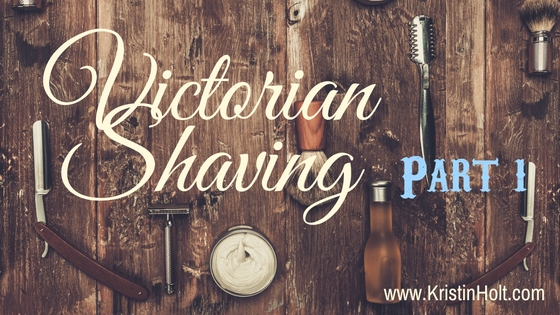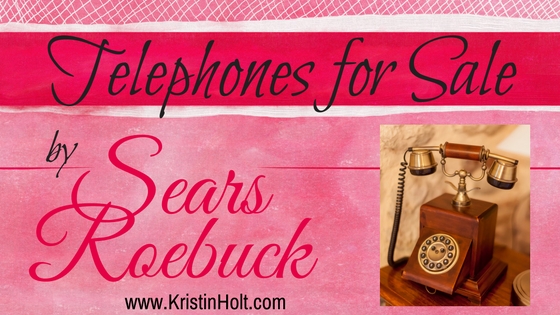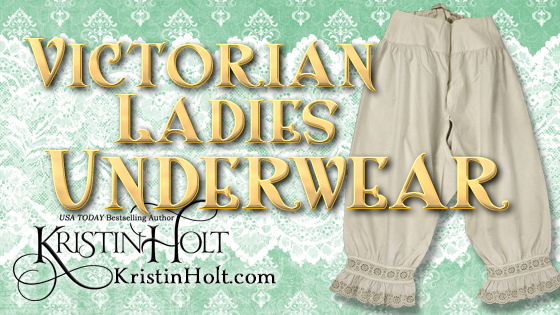
by Kristin Holt | Sep 26, 2016 | Articles
Old West (and simply Victorian-American) Barber Shops offered shaves as well as haircut services. This article focuses on straight-blade razors of the era, how a barber shaved his patrons with a straight blade, and how to strop (sharpen) a straight-blade razor. This article is part of a many-part blog series about Victorian-era Barber Shops and Ladies Hair Salons.

by Kristin Holt | Sep 1, 2016 | Articles
Along with just about anything a late 19th century household could desire to obtain, Sears, Roebuck & Co. offered telephones for sale. Sears offered the newest telephone technology…until the turn of the century. The 1902 catalog is devoid of telephones. Any idea why?

by Kristin Holt | Aug 29, 2016 | Articles
The rotary lawnmower was first patented in England in 1830. The new invention replaced the centuries’ reliable scythe in keeping lawns trimmed and neat. Americans jumped on that bandwagon, and lawnmowers became popular by the late 1860’s. Lawnmowers were advertised in newspapers of the day as well as mail-order catalogs like Sears and Montgomery Ward’s.

by Kristin Holt | Aug 17, 2016 | Articles
Pop Quiz! Were screen doors (and window screens) invented BEFORE or AFTER 1870? Do you know?
This article includes images of the screen doors on historic homes (taken recently), images from Sears Roebuck & Co. Catalog and Montgomery Ward & Co. Catalog, as well as historical information about why and how screens were invented during the Victorian era, as well as a solid answer about whether these household basics were invented before or after 1870. The answer just might surprise you.

by Kristin Holt | May 24, 2016 | Articles
Throughout the 19th century, ladies undergarments remained quite similar. Drawers (or bloomers), yesteryear’s most related item to today’s panties, ranged from knee- to ankle-length, were constructed of various fabrics, and were held up by a button or drawstring, with an open crotch.
Item listings in vintage catalogs and magazines illustrate the standard items available via mail-order throughout the United States Victorian era.













